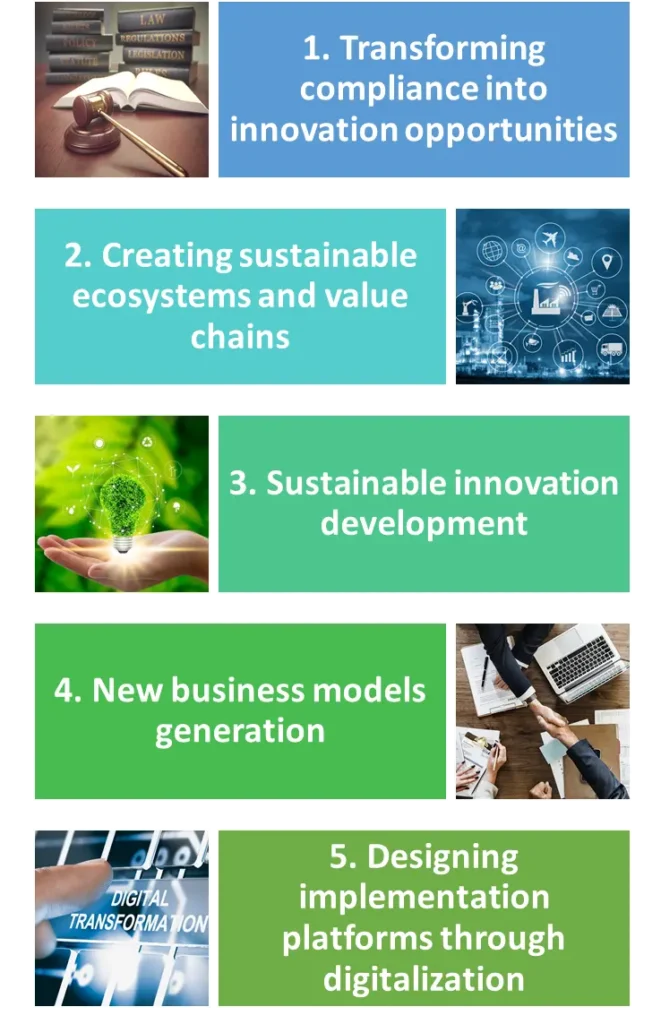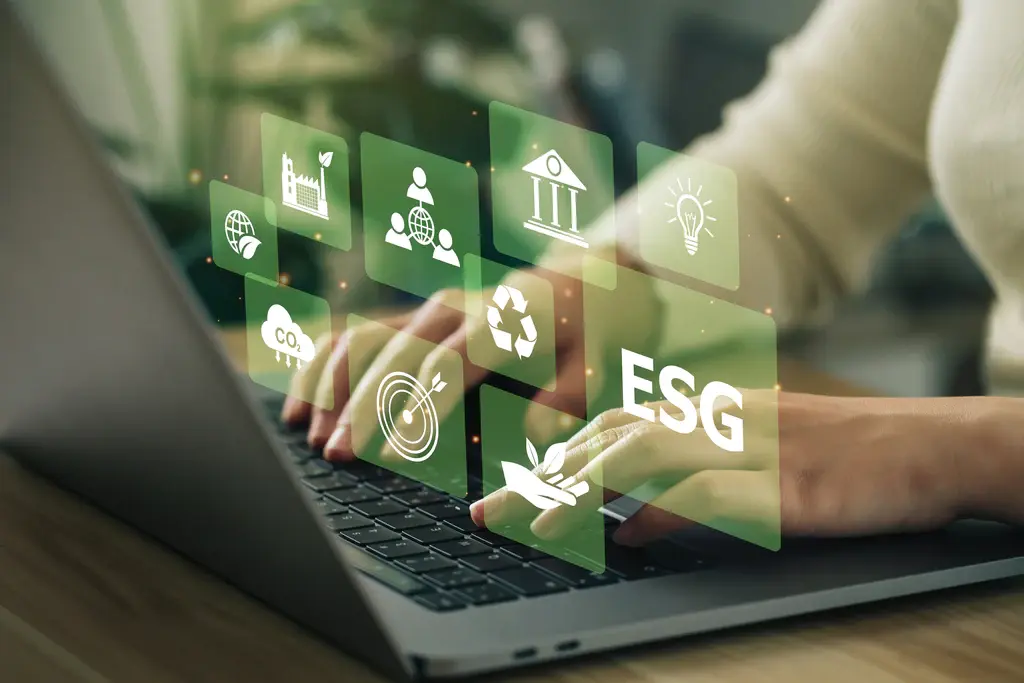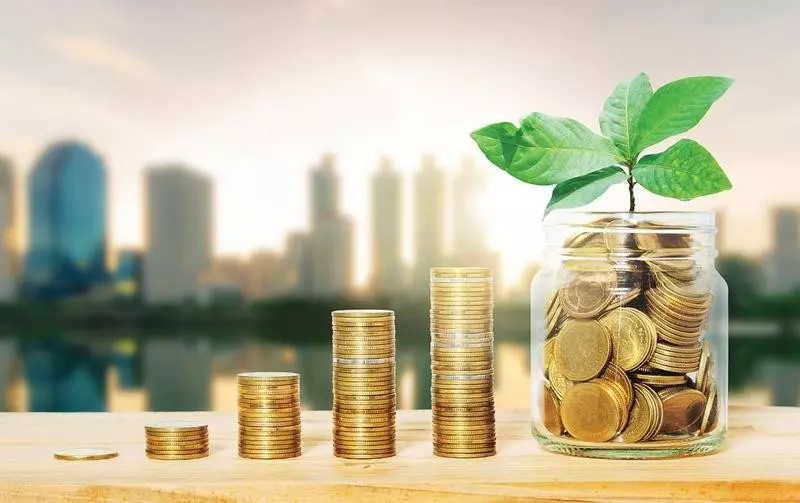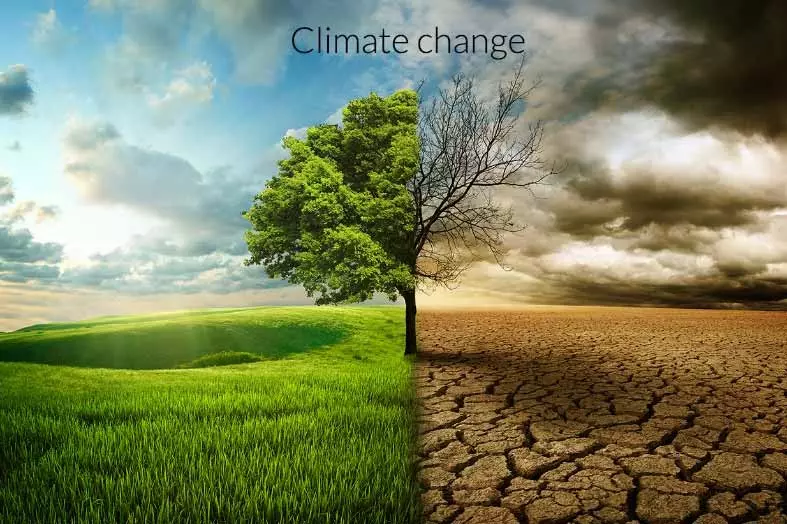There’s no question that sustainable development can only be achieved when different sectors truly invest in a shared blueprint for peace and prosperity for people and the planet [1]. Notwithstanding, many companies are still convinced that becoming more environmentally-friendly would require accepting added costs without short-term financial benefits, what could wear their net profits down instead of improving it. Some executives still view sustainability as a corporate social responsibility that should not be fully linked to business, as they fear that suppliers cannot provide eco-friendly raw materials, sustainable production would require new processes and/or equipment, and consumers may not be willing to pay for greener services or products.
Luckily, on the other hand, many executives are committed to driving sustainability as a business enabler, which allows reaching several social benefits with the development of sustainable innovation for products and/or processes, whilst achieving clear positive financial results [2]. Using sustainability to propel innovation can certainly yield both, bottom- and top-line returns. For example, costs can be minimized by the optimization of resource utilization, process improvements, and new businesses creation. There are 5 typical steps to leverage this momentum and transform current environmental challenges into business opportunities

There is no surprise that the pursuit for implementing the sustainability agenda is already altering the competitive landscape, as companies are transforming the way they innovate their technologies, processes, services, and products which are implemented through new business models. Companies that dear to challenge the status-quo and are early players in solving sustainability issues are the ones that develop competencies that competitors will struggle to match. This provides them with a competitive advantage, which is typically comprised of 5 key steps of the green transformation. Each step of this journey provides companies with the opportunities to develop and tackle key issues currently mapped.
1.Transforming compliance into innovation opportunities
The complexity of compliance is sturdily influenced by the fact environmental laws and regulations vary significantly by country, by state, and even by city and can also be married to the regional legal standards of the industry as well as non-governmental agencies protocols.
This complexity makes it alluring to comply only the less restrictive environmental regulations to ensure minimal compliance. Nevertheless, it is much more strategic to be an early adopter of the most rigorous standards as this may yield considerable advantages in terms of nurturing innovation. For example, companies that are pioneers in adhering to rising rules typically have more time to try new processes, materials, technologies, and thus, generate higher chances of succeeding.
Another advantage of taking the sternest global regulations as the benchmark enables agility and money saving to companies since they will not need to tailor regional solutions for similar problems. For example, operations management of sourcing, production, and logistics are simplified by a unified approach rather than being differently segmented per geography.
Companies that are forerunners of environmental compliance unsurprisingly identify novel business opportunities through sustainable innovation before their competitors.
By showing the willingness to comply with the environmental laws, enterprises can generate unforeseen partnerships with antagonistic regulators, what can optimize the efficiency of rules designing and implementation.
2. Creating sustainable ecosystems and value chains
After learning to turn regulations into opportunities, the next challenge is to establish novel ecosystems and partnerships to increase efficiencies within their own manufacturing facilities and throughout the value chains.

In order to succeed, companies are required to invest in expertise related to carbon emissions, resources management, and life cycle assessment, for example. Additionally, they need to optimize operations to minimize waste, whilst redesigning processes reduce emissions as well as water and energy consumption. Finally, the establishment of strong partnerships with suppliers is key to build an environmentally friendly ecosystem that is sustainable in the long run. On top of the clear reputational benefits generated from these actions, many companies also identify new businesses opportunities through these new approaches or find new cost saving strategies that could not be recognized with old operational models.
As a consequence of this new sight to the value chain interactions, enterprises are presented with innovation opportunities such as novel and clean energy sources (e.g. solar/wind power); discovering new and greener raw materials (e.g. bio-based or recycled RM); and finding new strategies to use waste or returned products to promote a more circular economy [3].
3. Sustainable innovation development
Once new opportunities are spotted to comply with regulations and partnerships are established across the value chain, sustainable innovations can be propelled by the creation of new eco-friendly products and services or the redesign of existing solutions to become greener.
The development of sustainable innovation implies mastering some competencies such as the management and scale-up of green suppliers and production processes, the ability to engage the public in accepting these new offerings, and the identification and testing of unsustainable materials and technologies in a timely fashion.
This allows new products and services to be offered with well-rounded innovation approaches that may influence new consumer trends/behaviors, novel packaging alternatives, new supply chain approaches (e.g. from linear to circular), innovative products resembling nature-based mechanisms, etc. Companies are now challenged to design products not only focusing on their performance, but also considering their environmental impact through life cycle analysis. As enterprises enlarge their scope, collaboration and co-creation across the value chain becomes imperative for successful outcomes [4].
4. New business models generation
Several companies approach the design of a novel business model in a simplistic way, just by reconsidering the customer value proposition and discovering a way to deliver a new one. The challenge goes beyond that and it involves finding original ways of delivering and capturing value i.e., successful models to obtain revenue and deliver services in alignment with other players across the value chain. In order to propel a comprehensible business model transformation, enterprises should consider projects and initiatives that effectively address environmental problems whilst improving business results [5]. This typically requires bold and uncommon business strategies to capitalize in areas and processes not fully explored before.
Developing a new business model entails discovering innovative changes to existing business strategies as well as figuring out how to meet or even surpass customers’ demands in different fashions while monetizing these new processes and technologies. This should be accompanied by the ability to understand how partners can generate or increase value in offerings related to areas that are contributing to solving environmental issues.
In light of this scenario, companies are faced with innovation opportunities related to developing new delivery technologies that change the value chain relationship in significant ways and form new eco-systems that are profitable and minimize social and ecological problems.
The environmental questions arisen as threats also open the door to brand-new monetization models that relate to the generation of services rather than just developing products. Finally, the process of new business models generation enables digital and physical infrastructures to be combined, what may accelerate the test-and-learn of innovations and support more effective implementations [6].
5. Designing implementation platforms through digitalization
Now that all approaches have been laid out, and the so-called threats or problems have been turned into opportunities for new products, services, and models; it is time to define the framework that anchors all aspects of an effective implementation of the proposed actions.
For example, a company may create a new business platform that propels innovation to minimize or even eliminate the use of water in categories that typically requires a lot of this resources, such as cleaning and cosmetics products. This is a clear example on how innovation can be redesigned to move from traditional approaches and tackle critical environmental issues such as water consumption and scarcity.
Another approach can be the development of new business platforms to promote more effective and integrated management of energy by consumers and suppliers in different ways. An example could be the use of the energy produced in industrial processes as by-product for new projects being implemented in manufacturing settings.

All these implementation approaches can be potentialized and more massively scaled by the help of digitalization [7]. Consumers can be presented with devises that will change their current and non-friendly habits, or with digital tools that minimize the number of resources (product, water, energy, etc.) required for certain activity, or even value chain processes can be better automatized to minimize wastage and improve speed and efficiency of processes. So the digital transformation becomes a key tool in optimizing new strategies implementation and fostering the positive impact of environmentally friendly innovations.
References
[1] The 17 Sustainable Development Goals, United Nations Department of Economical and Social Affairs, webpage: https://sdgs.un.org/goals, accessed in January 2022.
[2] Junsong Bian, Yi Liao, Yao-Yu Wang, Feng Tao, “Analysis of firm CSR strategies”, European Journal of Operational Research (2020).
[3] Bocken, N.M.P., de Pauw, I., Bakker, C., van der Grinten, B., “Product design and business model strategies for a circular economy” J. Ind. Prod. Eng. 33 (2016).
[4] Arun Kaushik, Amit Agrawal, and Zillur Rahman, “Co-creation of Social Value through Integration of Stakeholders”, Procedia – Social and Behavioral Sciences (2014).
[5] Junsong Bian, Yi Liao, Yao-Yu Wang, Feng Tao, “Analysis of firm CSR strategies”, European Journal of Operational Research (2020).
[6] Leadership for the decade of action, The United Nations Global Compact and Russell Reynolds Associates — “Study on the characteristics of sustainable business leaders” (2020).
[7] Maria E.Mondejar et al., “Digitalization to achieve sustainable development goals: Steps towards a Smart Green Planet”, Science of The Total Environment Journal (2021).











